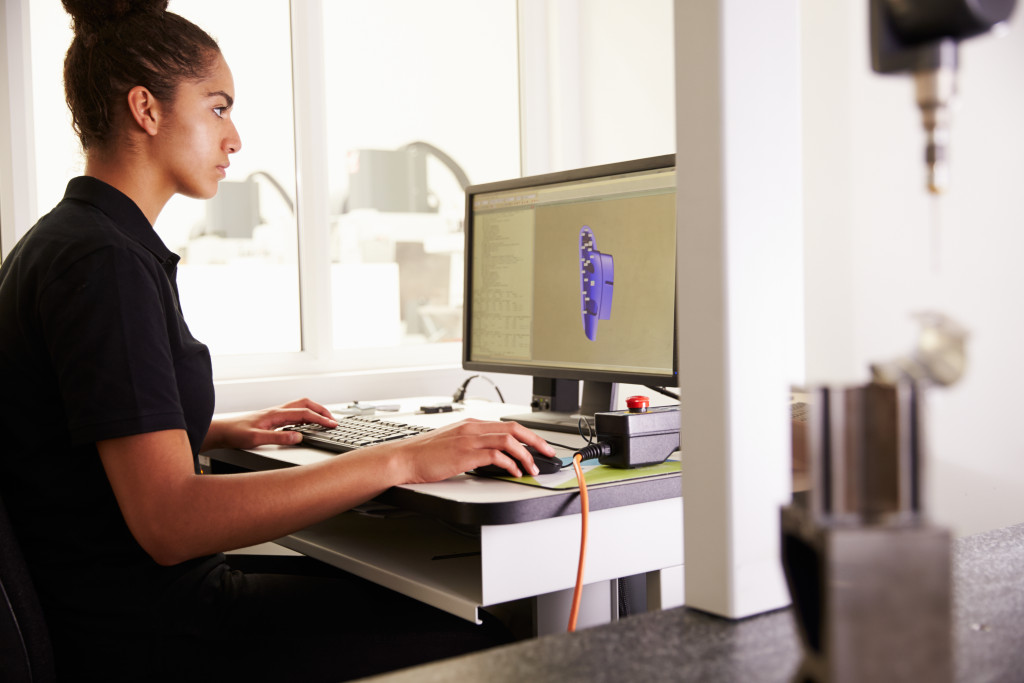Architects and designers are right to think about the impact of their work on someone’s mental and physical health. The term neuroarchitecture refers to the impact of the air we breathe, the color and texture of our surroundings, and the quality of light on our brain’s emotions, thoughts, and perceptions. Simply put, the homes and offices where we spend most of our time affect our physical, mental, and emotional health. The evidence is clear that homes need to contribute to the well-being of their occupants.
Build Calm Spaces
Society today is overworked and overstimulated. People feel different levels of stress from work, personal relationships, businesses, the pandemic, etc. Even watching the news is stressful these days. For many people, the only place of solitude is their homes. But even that may be a source of stress if not properly designed. Be deliberate about creating calm spaces in your home. You don’t need a minimalist design exactly, but you have to make sure that the space is free from gadgets, distractions, and stress. It has to be conducive to interactions with family and friends.
Let the Light In
Exposure to light is important for the body’s natural rhythm. This is what’s missing during the pandemic. The body has no access to natural light because people are staying and working at home. The design and layout of your home should have large windows facing the sun. If the sun gets too hot by lunchtime, for example, you can have heavy drapes to block the sunlight. If you are working from home, place your desk near a window so that you can have as much ample light as possible.
Relax Your Body
Aside from the design and architecture of the home, the kind of furniture you use is equally important. Invest in ergonomic tables and chairs. Many people suffer from back pain because of their sedentary lifestyles. People who go to physical therapy centers for scoliosis are not the only the ones who need an ergonomic office chair. Everyone has to invest in the right home and home office furniture because it impacts your physical health.

Tone It Down
As much as natural light is important to the body, this does not mean you need to be bathed in light all day long. Blue light from gadgets is a no-no at night. It affects the body’s ability to relax, thereby impacting the quality of your sleep and mood. It even harms your eating habits. Turn off the gadgets at nighttime and use dim lights, lamps, and other low-light sources. These will create spaces where your body can relax. Dimmed rooms are important for putting yourself into slumber.
Shut the Noise Out
Design your home in such a way that will block the noise from outside. If you have to soundproof the rooms, then so be it. While a certain buzz from the streets is welcome from time to time, it is certainly not something you want to hear all day. Use absorptive or reflective materials to distribute the sound evenly in the room. You can also play soft music in your house so that it can block out the noise. If you are living in the city, the constant honking of horns can get to your nerves. Soft materials and artwork can help absorb these unwanted sounds.
Be One with Nature
When you think about a vacation, do you imagine high-rise buildings or the mountains, beaches, lakes, and natural landscapes? The latter, right? That’s because nature has an instant relaxing effect on people. Spending time by the beach (even if it’s crowded) is more relaxing than being alone in a coffee shop in the city. Make sure to incorporate nature into your home design. Having the kitchen face the garden will bring calmness to your home.
Eliminate Clutter
Have you been putting off decluttering? Don’t. Studies showed that those with messy and cluttered homes are more likely to feel dissatisfied than those who have organized homes. This is why it makes sense to put storage at the top of your list. When designing your home, make sure there is enough space for storage. It makes the home easier to organize and declutter. When things have their own place at home, cluttered spaces will be a thing of the past.
Do what you can to focus on your health and wellness. If that means redesigning your home, then so be it. Neuroarchitecture is no longer just a concept. It should be at the core of every home design.

